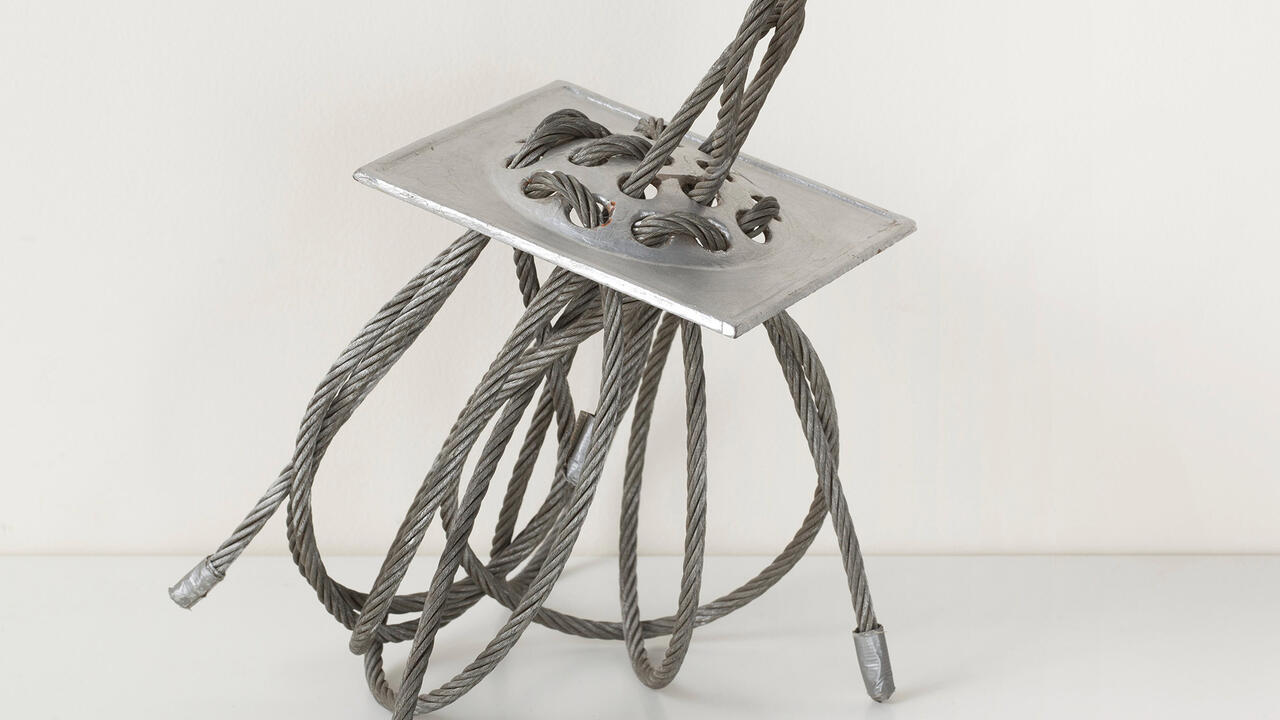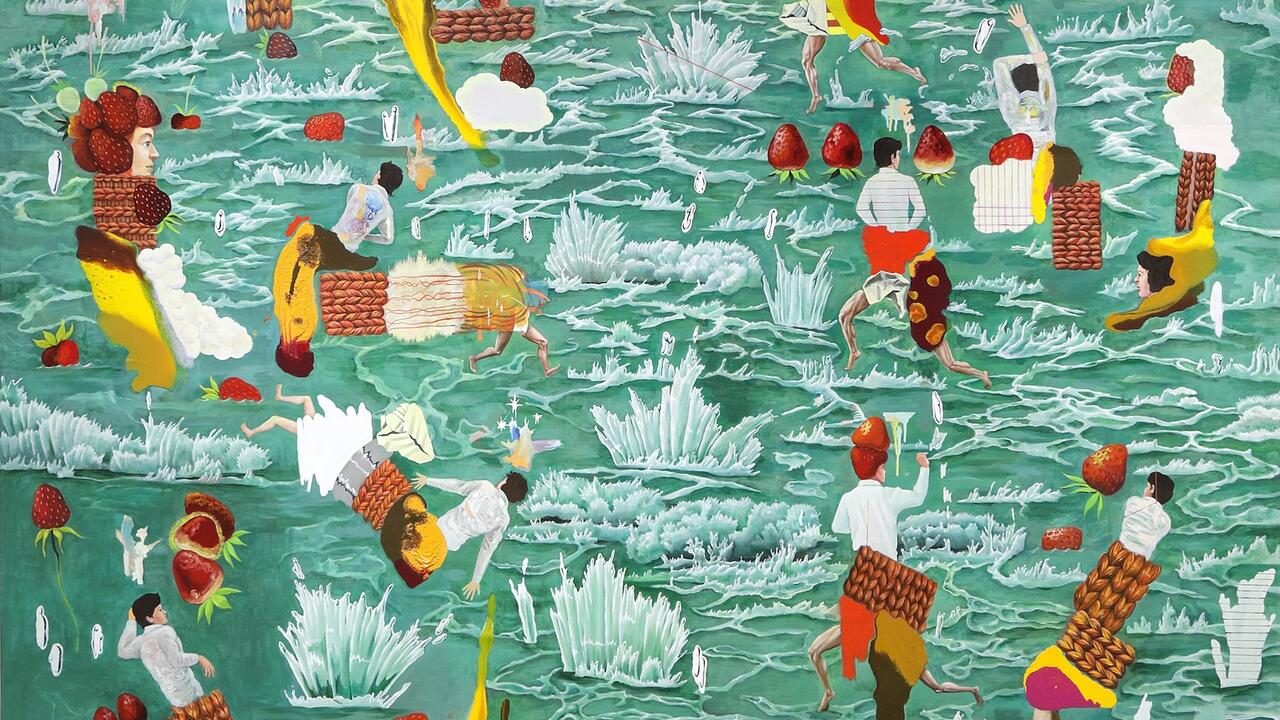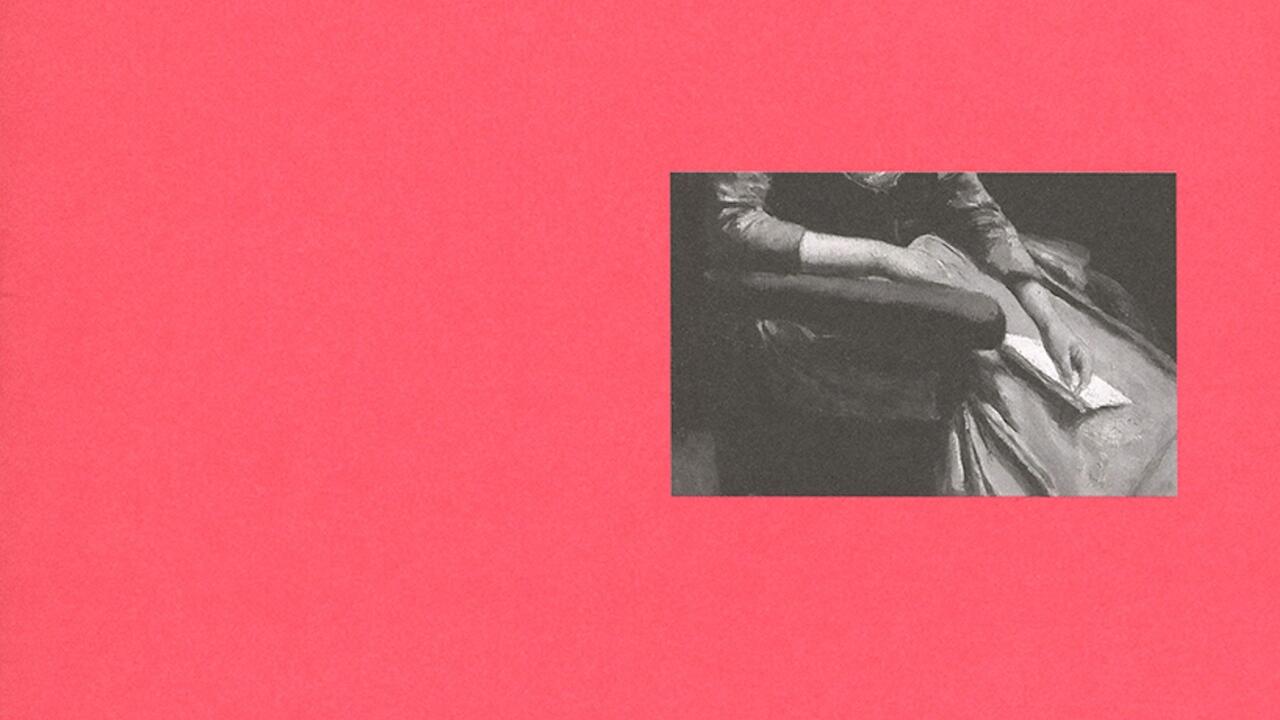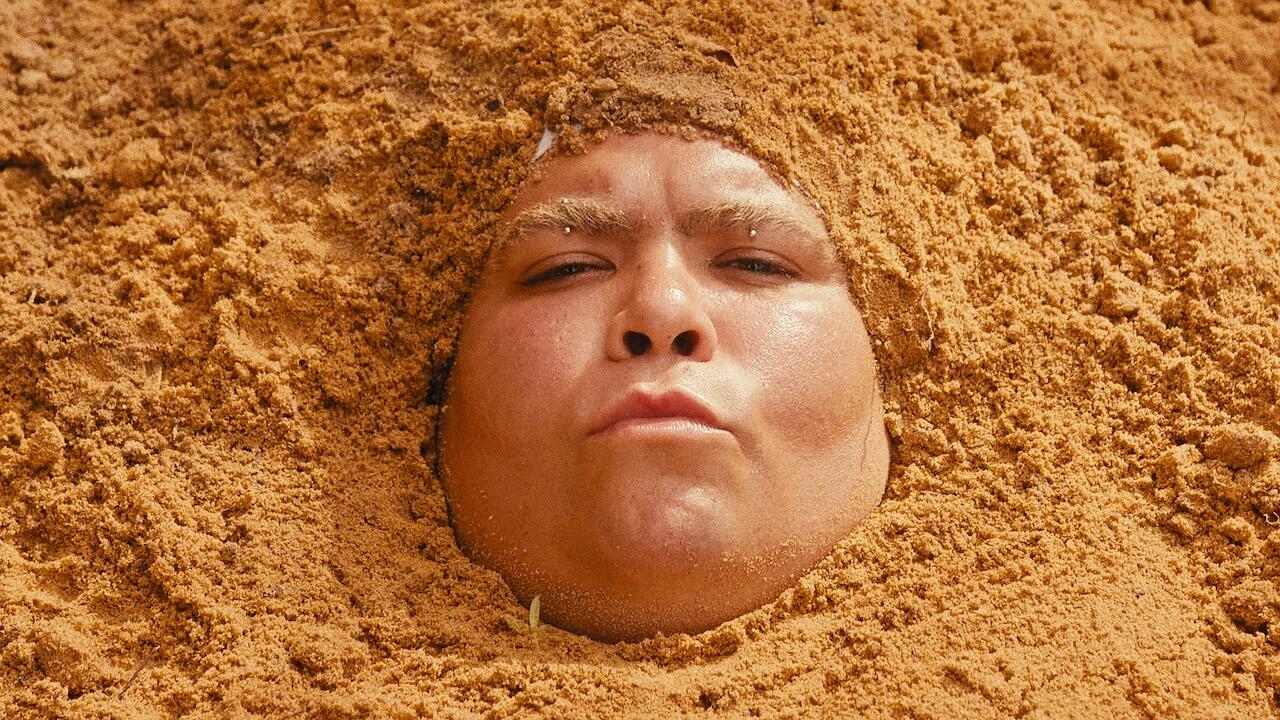A krtek’s notes from Prague Pt. 1
Before telling you about what’s currently going on in Prague’s galleries and studios, I’ll start with the unashamedly sentimental and probably hopelessly cliché-ridden confession that children’s cartoons and animation from ‘60s/’70s Czechoslovakia have been important not only for my childhood, but also, still, to some extent for my children (two and five years old). They, like me, love the infectious cheerfulness of the cartoon character Krtek (Czech for ‘mole’), which for me has funny undertones given that ‘Krtek’, phonetically, could be a made-up name for a pronouncedly po-faced, super-krritikal critic. Other favourites are the awe-, and possibly Air-inspiring soft-rock soundtracks for TV children series such as ‘Vicky and the Vikings’ or ‘the Visitor’s expedition ADAM 84’, composed by Czech Karel Svoboda, who committed suicide last year.
On Thursday I arrived in Prague and met up with critic Noemi Smolik and this was one of the first things we talked about. Noemi grew up in Prague, and after a forming experience of visiting Swinging London in 1969 (her father is a liberal-thinking Hussite pastor who studied theology at Columbia in the1950s, and thus had ties to the West, which allowed him to send her there), she emigrated to Germany in 1971; today, she lives in Bonn, but is closely connected with the Prague art scene. Anyway, my immediate question was of course how a state where a psychedelic rock band could cause a seminal crisis (the manifesto Charter 77 was drawn up not least in protest against the Zappa-inspired band Plastic People of the Universe being persecuted, and famously became a major stepping stone towards the Velvet Revolution of 1989; one of Noemi’s three sisters co-signed the Charter at the time) could allow so inventive and, quite often, genuinely psychedelic kid’s-TV-stuff to be produced. As me and Noemi walked across the Legii bridge towards the National theatre, she gave me an answer and it was fairly simple: anyone seriously talented during those days, often prevented from pursuing their artistic predilections freely, least earn a living with it, found some sort of day job niche in this seemingly harmless world. And maybe it was ‘harmless’; but it was richly imaginative nevertheless.
Jirí Kovanda is an artist (interview and article in frieze) whose day job niche during CSSR-times was working in the storage of the National Gallery, and did his artwork without being an ‘official’, licensed artist as it was compulsory. He was in last year’s Documenta, and he’s having shows in prestigious museums in Europe. He’s an extremely friendly, modest man. He lives in a small apartment near the Academy of Fine Arts where he teaches and when asked in what kind of working space he develops his ideas, he picks up a small white notebook with a “I [heart] art” line on the cover – that’s it. Little careful drawings, from which he develops his installations. Kovanda is not a professor, but officially works as assistant to painter Vladimir Skrepl; nevertheless students (at least the ones I talked to during my stay in Prague) see more in him than an assistant. That said, they also praise Skrepl. And in fact they complement each other perfectly, Apollonian and Dionysian so to speak. Skrepl’s forming years where the ‘New Wild’ and ‘Bad’ Painting movements of the 1980s, and he lives up to the promise of the fervent, sometimes delirious, yet seriously committed artist. One former student I met who praised both was Eva Kotátková, who will have an exhibition in Berlin next week at the new space of Meyer-Riegger Gallery, partly comprised of the show she had at Prague’s Vaclav Spala Gallery this summer, presenting her intense little drawings in file boxes, alongside more installational and video work dealing with the ideological and physical constrictions of growing up and going to school (a little bit in the vein of Mike Kelley’s Educational Complex, with a pinch of early Erwin Wurm maybe).
Jirí David is another artist/painter who also happens to be an influential teacher. More about him, and brilliant works by abstractionist pioneer Frantisek Kupka, and curious other stuff from Prague, in part 2.
Before telling you about what’s currently going on in Prague’s galleries and studios, I’ll start with the unashamedly sentimental and probably hopelessly cliché-ridden confession that children’s cartoons and animation from ‘60s/’70s Czechoslovakia have been important not only for my childhood, but also, still, to some extent for my children (two and five years old). They, like me, love the infectious cheerfulness of the cartoon character Krtek (Czech for ‘mole’), which for me has funny undertones given that ‘Krtek’, phonetically, could be a made-up name for a pronouncedly po-faced, super-krritikal critic. Other favourites are the awe-, and possibly Air-inspiring soft-rock soundtracks for TV children series such as ‘Vicky and the Vikings’ or ‘the Visitor’s expedition ADAM 84’, composed by Czech Karel Svoboda, who committed suicide last year.
On Thursday I arrived in Prague and met up with critic Noemi Smolik and this was one of the first things we talked about. Noemi grew up in Prague, and after a forming experience of visiting Swinging London in 1969 (her father is a liberal-thinking Hussite pastor who studied theology at Columbia in the1950s, and thus had ties to the West, which allowed him to send her there), she emigrated to Germany in 1971; today, she lives in Bonn, but is closely connected with the Prague art scene. Anyway, my immediate question was of course how a state where a psychedelic rock band could cause a seminal crisis (the manifesto Charter 77 was drawn up not least in protest against the Zappa-inspired band Plastic People of the Universe being persecuted, and famously became a major stepping stone towards the Velvet Revolution of 1989; one of Noemi’s three sisters co-signed the Charter at the time) could allow so inventive and, quite often, genuinely psychedelic kid’s-TV-stuff to be produced. As me and Noemi walked across the Legii bridge towards the National theatre, she gave me an answer and it was fairly simple: anyone seriously talented during those days, often prevented from pursuing their artistic predilections freely, least earn a living with it, found some sort of day job niche in this seemingly harmless world. And maybe it was ‘harmless’; but it was richly imaginative nevertheless.
Jirí Kovanda is an artist (interview and article in frieze) whose day job niche during CSSR-times was working in the storage of the National Gallery, and did his artwork without being an ‘official’, licensed artist as it was compulsory. He was in last year’s Documenta, and he’s having shows in prestigious museums in Europe. He’s an extremely friendly, modest man. He lives in a small apartment near the Academy of Fine Arts where he teaches and when asked in what kind of working space he develops his ideas, he picks up a small white notebook with a “I [heart] art” line on the cover – that’s it. Little careful drawings, from which he develops his installations. Kovanda is not a professor, but officially works as assistant to painter Vladimir Skrepl; nevertheless students (at least the ones I talked to during my stay in Prague) see more in him than an assistant. That said, they also praise Skrepl. And in fact they complement each other perfectly, Apollonian and Dionysian so to speak. Skrepl’s forming years where the ‘New Wild’ and ‘Bad’ Painting movements of the 1980s, and he lives up to the promise of the fervent, sometimes delirious, yet seriously committed artist. One former student I met who praised both was Eva Kotátková, who will have an exhibition in Berlin next week at the new space of Meyer-Riegger Gallery, partly comprised of the show she had at Prague’s Vaclav Spala Gallery this summer, presenting her intense little drawings in file boxes, alongside more installational and video work dealing with the ideological and physical constrictions of growing up and going to school (a little bit in the vein of Mike Kelley’s Educational Complex, with a pinch of early Erwin Wurm maybe).
Jirí David is another artist/painter who also happens to be an influential teacher. More about him, and brilliant works by abstractionist pioneer Frantisek Kupka, and curious other stuff from Prague, in part 2.















